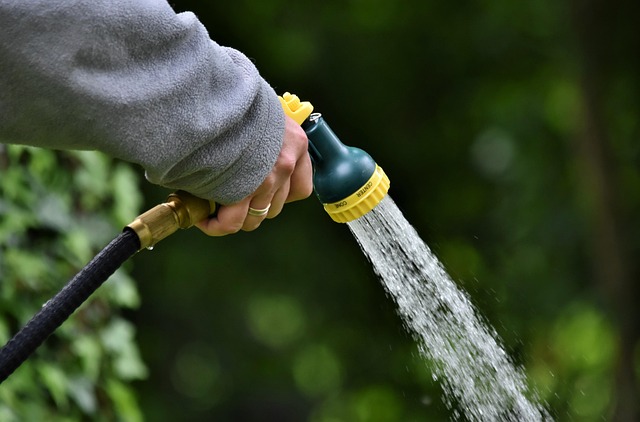Mosquito Repellent Options for Yards and Water-Prone Areas
Mosquitoes are more than a summer nuisance: they can affect comfort, outdoor activities, and in some regions, health. Understanding how repellents work, what attracts these insects, and which yard or water-management steps reduce breeding can help you choose practical, evidence-based approaches to lower mosquito presence around your home. This article explains methods and considerations for effective repellency.

What attracts mosquitoes and when are they active?
Mosquitoes are drawn to carbon dioxide, body heat, and certain skin odors produced by humans and animals. Vegetation, shaded areas, and dusk-to-dawn activity patterns also influence where they concentrate. Different mosquito species have distinct habits: some bite during the day, others at night. Knowing local activity patterns helps time outdoor activities and repellent use to when exposure risk is greatest, while reducing unnecessary chemical application.
How can you protect your yard from mosquitoes?
A yard-focused strategy combines habitat modification and targeted products. Remove dense groundcover and trim tall grass where adult insects rest. Encourage airflow with strategic pruning because mosquitoes prefer still, humid areas. Consider physical barriers such as screens and netting for patios. For more persistent problems, localized treatments—like larvicides applied to breeding sites or perimeter sprays—can reduce adult populations when used according to label directions and local regulations.
How does managing standing water reduce mosquitoes?
Standing water is essential for mosquito development. Empty, cover, or routinely refresh any containers that collect rain: buckets, plant saucers, birdbaths, gutters, and temporary puddles. For permanent water features, use circulating pumps or introduce biological controls such as mosquito-eating fish where appropriate. Even small amounts of stagnant water can support larvae, so regular inspection after rain and sensible landscaping to avoid pooling are key prevention steps.
What other insects interact with mosquito controls?
Many products aimed at mosquitoes can affect non-target insects. Broad-spectrum insecticides may reduce beneficial pollinators or predatory insects that naturally limit mosquito numbers. Integrated approaches that prioritize habitat management and targeted larval control help preserve ecological balance. When using repellents or sprays, follow product guidelines to minimize runoff into water and avoid application during pollinator foraging times to reduce unintended impacts.
How to choose and use a repellent safely
Repellent selection depends on setting, exposure time, and personal considerations. Active ingredients with evidence of efficacy include DEET, picaridin, IR3535, and some oil of lemon eucalyptus formulations; follow label age and concentration guidance. For outdoor yard use, topical repellents protect individuals, while spatial repellents (coils, certain diffusers) can offer area-wide reduction but vary in effectiveness. Always read and follow product instructions, apply only to exposed skin or clothing as directed, and avoid overuse. For children and sensitive people, choose formulations and concentrations appropriate for their age and health status.
This article is for informational purposes only and should not be considered medical advice. Please consult a qualified healthcare professional for personalized guidance and treatment.
Conclusion
Reducing mosquito presence combines personal protection, regular yard maintenance, and managing standing water. Understanding mosquito behavior and choosing appropriate repellents or localized control methods allows for effective, lower-risk strategies. Balancing product use with ecological considerations helps protect non-target insects while keeping outdoor spaces more comfortable and safer for routine activities.






